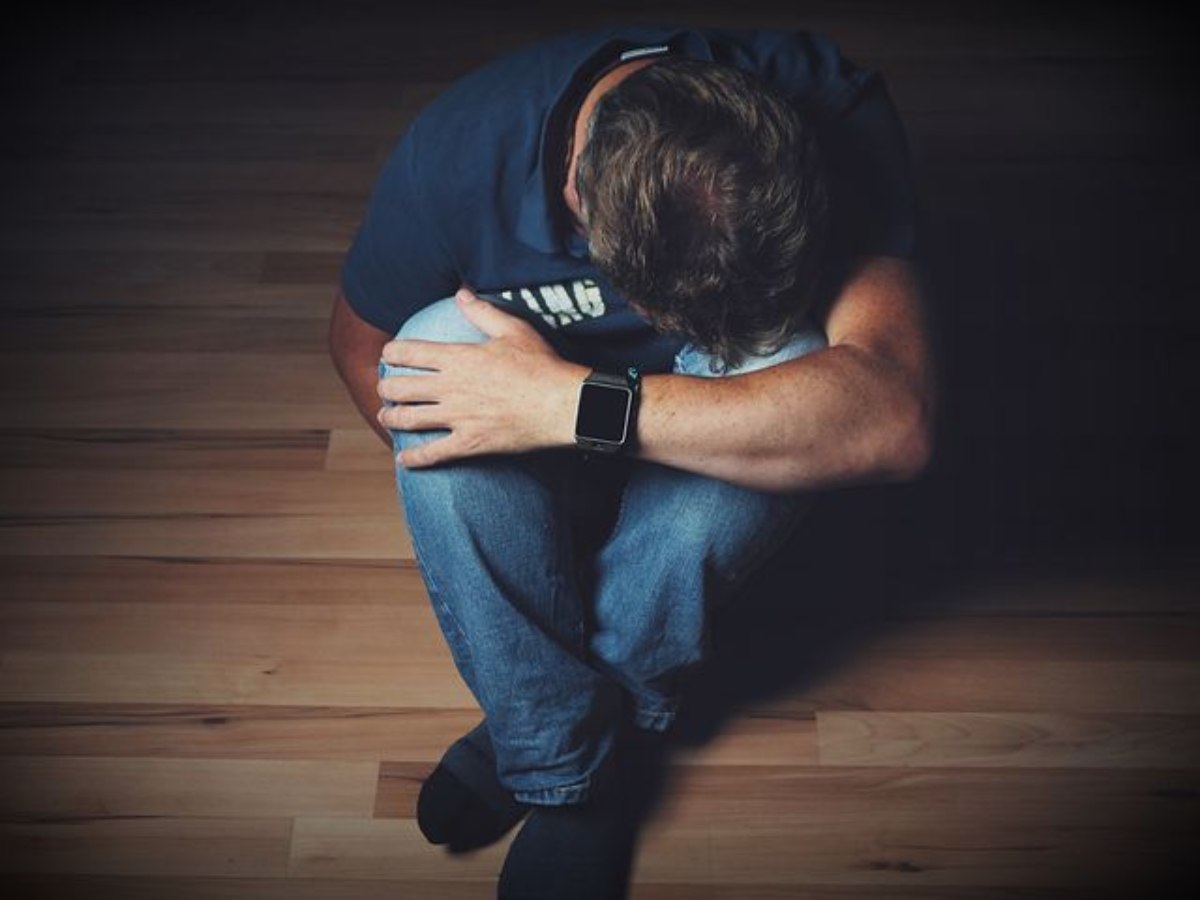7 Forms of Depression
Depressive states are often categorised as either “clinical depression,” which needs professional help, or “regular depression,” which affects almost everyone at some point in their lives. Considering that depression is both a symptom and a diagnosis in and of itself, it may be hard to get one’s head around as a medical disease.
Depressive disorder, from a medical perspective, is characterized by a continuous sensation of low mood or melancholy and a lack of interest in activities that one formerly enjoyed. Feelings, thoughts, and actions are all impacted by depression, making it difficult to go about normal living.
Although we have a good grasp on some of the factors that might lead to depression, there are still many unknowns, which is why there are a variety of online mental health test options. These are seven examples of the most frequent forms of depression by Gratitude Lodge.
Table of Contents
1. Major Depressive Disorder (MDD)
Although most individuals talk about “clinical depression,” they are really referring to major depressive disorder, often known as MDD. This mood disorder is characterized by a wide variety of symptoms, some of which include a depressed mood, a lack of interest in hobbies and other activities.
2. Persistent Depressive Disorder (PDD)
This subtype of MDD refers to depression that lasts for an extended period of time. A person may remain diagnosed with persistent depressive disorder if, during a period of two years, they have depressive symptoms for a greater number of days than they experience non-depressive symptoms.
PDD may remain categorized as mild, moderate, or severe depending on the symptoms that are present in an individual. The negative symptoms are often not as strong as they are in MDD, but they are typically quite widespread and endure for an extended period of time.
3. Bipolar Disorder (Manic Depression)
This is a mood disorder that is characterized by moments of great energy, raised mood, and happiness (mania), contrasting by periods of poor energy, exhaustion, hopelessness, and sad mood. Mania is a kind of this condition (depression).
The majority of persons who have bipolar disorder also have periodic bouts of major depressive disorder (MDD), however the severity of both manic periods and depressive episodes may vary quite a little from person to person.
4. Postpartum Depression (PPD)
When a woman’s feelings of melancholy persist for more than two weeks after giving birth, we talk about postpartum depression. “Postpartum depression” remain the label given to this kind of sadness after giving birth.
During pregnancy, hormonal changes may contribute to the onset of this illness. Suicidal ideation or plan, feelings of powerlessness and despair, and anxiety or panic attacks are all symptoms of mental illness. Mood disorders like MDD and PDD may develop along with PPD.
5. Premenstrual Dysphoric Disorder (PMDD)
In comparison to PMS, the symptoms of premenstrual dysphoric disorder (PMDD) are more severe and pervasive. Along with the symptoms of PMS such as anxiety, moodiness, food cravings, and bloating, MPDD may also cause feelings of extreme fatigue or lethargy, irritability, mood swings, severe feelings of stress. PMS symptoms include anxiety, moodiness, food cravings, and bloating.
6. Seasonal affective disorder (SAD)
A low mood, feelings of melancholy, tiredness and lethargy, and weight gain are characteristic symptoms of this kind of seasonal depression, which often manifests itself during the winter months. Those who suffer from SAD, on the other hand, could feel completely normal throughout the warmer months of spring and summer.
It remain thought that seasonal variations in the length of the day and availability of natural light might induce SAD by disrupting the circadian rhythms of the body. This disturbance can lead to sadness as well as other symptoms. As a potential kind of treatment, light therapy, which makes use of light with a wavelength that is comparable to that of the sun, may remain used.
7. Atypical Depression
The term “atypical depression” refers to a kind of the mental health condition that does not exhibit “typical” symptoms, as the name suggests. In the case of atypical depression, you may experience classic symptoms of sadness such as lethargic behaviour, excessive napping, or sensitivity to changes in personal connections.
Nevertheless, you may also discover that you perk up and feel better if something pleasant takes place in your life. This kind of mood remain referred to as a “reactive mood.”

